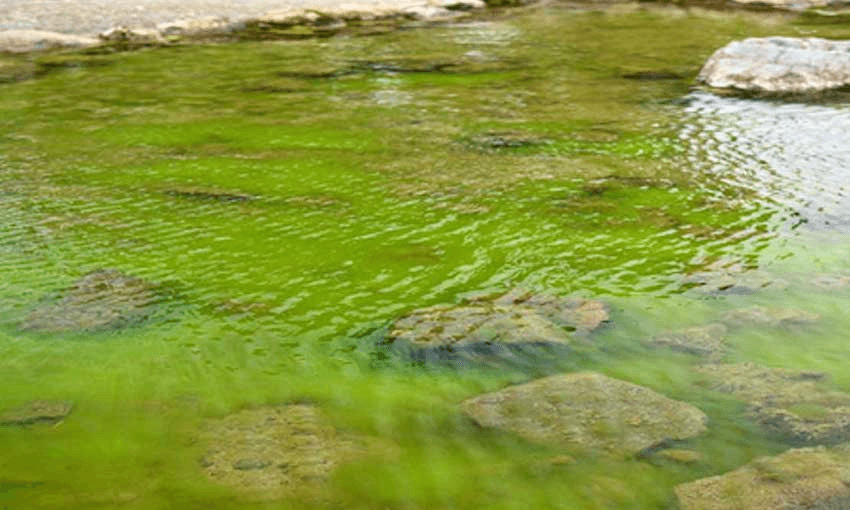Lisa Meto Fox’s mum has worked for 33 years as a school administrator. Her most viable retirement plan is her daughter.
I am a product of the migrant dream. The day of my graduation from law school, my mother wept tears of joy. We had made it. Her sacrifice, determination and courage had been worthwhile. I now find myself in the bizarre situation where I’ve received a tax cut thanks to this government’s policies, while my mother’s pay equity claim has been extinguished. I don’t think this is the way the migrant dream is realised.
Equal pay for jobs of equal value is the concept pay equity is built on. Something I think most people in New Zealand are on board with. Growing up, the example I often heard to illustrate this point was nursing (female dominated) and policing (male dominated). Nurses were traditionally paid less than police officers. Despite, in many people’s minds, both being critical roles in society and of equal value. Why? Traditionally nursing was seen as “women’s work”, while policing was seen as “men’s work”.
The undervaluing of work predominately performed by women comes from a time when men earned enough to support a family and if women worked outside the home, their options were generally limited to being a nurse or a teacher. If they got married when they were training to be a nurse, they had to leave their training. Being a nurse or a teacher was a good thing because it could make you a better mother. Or so the logic went and now this legacy is baked into our value of work. Pay equity claims are a way of unpicking this structural undervaluing of women’s work.
Similarly to gender, successive government policies and a cultural attitude (what some would call “structural racism”) about the “place” of non-white migrants and Māori has meant the embedded undervaluing of work which Pacific and other non-white migrants tend to do. In other words, ethnicity has a compounding effect with gender. With Pacific women, on average, being paid the least in the country. Research shows that the majority of the Pacific pay gap cannot be explained.
Pacific people migrated here in numbers starting in the 1960s. The New Zealand government encouraged migration from the Pacific Islands, as they needed workers to bolster the manufacturing industry and to do the jobs Pākehā wouldn’t. Not to say there weren’t Pākehā in these jobs, because there were, my father included – just not enough.
My maternal grandmother, one of my namesakes, came to New Zealand on two occasions, in the mid 1970s, and worked in factories to save up and build our family home which still stands strong and proud in our village in Samoa. In 1984, at age 22, my mother (Tului Fox) and some of her siblings migrated to Aotearoa for a better life both for the family they left in Samoa and the families they would create. At first, Mum and her siblings worked in manufacturing.
In 1987, Mum undertook an 18-month secretarial course,, which enabled her to start her career in administration, and her first admin job was in the typing pool at what was then Housing New Zealand. Since 1992, Mum has worked in school administration at Mount Roskill Grammar, at first in the photocopy room. Since then she’s worked her way up through various administrative roles and for the past 20 years has been the principal’s PA. For a number of years, working full time in school administration didn’t provide enough income to make ends meet. Mum had to take on a second job, teaching night classes. Like any good Samoan, Mum helped three of her sisters get roles at the same school. Myself and a number of my cousins attended the school too. One of the 33 pay equity claims that was extinguished by the coalition government was for school administrators.
Last year, someone commented on a piece I wrote that my mum is the “Pacific matriarch” of Mount Roskill Grammar. As is well recorded, particularly in education, many Pacific staff take on duties in addition to their core role, to serve their community – tautua (service) is a core value of Samoan culture. Mum lives the value of tautua by taking on additional responsibilities, such as helping to establish the school’s first ever Pasefika Advisory Group (which advises the senior leadership team and board on how to increase Pasefika students’ academic achievement), increasing Pasefika representation on the board by encouraging Pasefika parents to join, being a member of the lead team which tracks Pasefika student achievement and connects teachers with students learning needs. Also she is the secretary to the School Board and has a constant stream of students (many Pacific) and parents who seek her out for guidance, advice, a listening ear or to be an advocate. She helps to manage the Samoan group and gives a lot of cultural advice to colleagues.
I’m surely not the only person receiving a tax cut who finds it ethically reprehensible that it came from contingencies for low waged workers’ pay equity claims.
I can hear some people saying well give the tax cut back which I’d gladly do. But that’s not the point. To state the obvious – the power of the state is far greater than individual acts.
On average, Pacific women earn 25% less than Pākehā men – often referred to as the “Pacific pay gap”. Successful pay equity claims often result in a 30% wage uplift. If the school administrators pay equity claim was successful it would have gone a long way to reducing the Pacific Pay Gap for mum and her Pacific colleagues. Over a working life, $488,310 is how much less the average Pacific woman makes compared to the average Pākehā man. Mum is nearing retirement, I can’t help but think what $488,310 more would have meant for her later years and for us as a family.
Mum said she was “very disappointed” that her pay equity claim was extinguished. “I know what it was like not having enough money to look after your family and not knowing if there’s going to be enough to get by for a whole week. While I’m very close to the end of my career, now our pay equity claim has been extinguished, I worry about the effect that will have on young women and the generations to come. Will they feel the desperation that I felt? Having to decide whether to feed my kids? Pay the rent? Or heat the house?”
The unions have shared that none of the 33 claims that were active are likely to succeed under the new legislation. Meaning my mum and hundreds of thousands of people’s mothers and daughters won’t get the financial recognition to match the contribution their roles make to society. Despite this, Mum will continue to be the “Pacific matriarch” of Mount Roskill Grammar. When she retires, she will leave behind a legacy of hundreds of students who were comforted by her presence, knowing that someone who looked like their mothers and aunties was in their corner.
As for the migrant dream, many of my aiga, like so many others, have moved to Australia because, as one of my cousins put it, everything is cheaper, and we get paid more. Apparently, it’s a no-brainer. And my mum’s retirement? As is the case for many migrant parents, one of Mum’s primary retirement plans is me.






